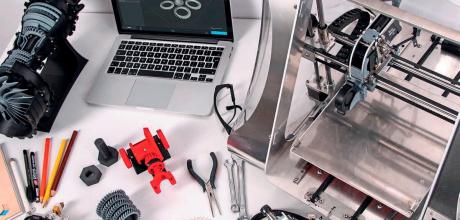Adapt to survive, says report
A report commissioned by a leading specialist insurer, looking at the future of the UK’s historic vehicle movement, has concluded that the key to securing the classic vehicle industry is to make “sustainable solutions and technologies accessible” – with synthetic fuels also playing a major role, according to experts.
Footman James’ Indicator Report highlights the changes that need to be made over the next 10 years in order to safeguard the classic vehicle scene and the industry that supports it. The classic car industry has enjoyed strong growth in recent years, with estimated total spend rising from £5.5 billion in 2016 to around £7.2 billion now, according to the Federation of Historic Vehicle Clubs. But the world of motoring is in an era of rapid change, and the classic sector needs to adapt, says the recently published Indicator Report.
At a time when some vehicle manufacturers are remaking older components using sustainable modern methods, the classic industry needs to follow suit, suggests Footman James. Many companies are doing just that, and are even leading the way – with a number of tech focused specialists using new technology to keep classic owners supplied with crucial parts. Jaguar specialist SNG Barratt is one of many that now use 3D printing for smaller-volume component production.
The Indicator Report sees such an approach as essential for the classic vehicle industry to thrive, something that Jane Mossop of Coventry-based XK Engineering agrees with. “From our perspective, it is important to embrace both new and old technologies and methods,” she confirms. “We continue to preserve the traditional methods of restoration whilst investing in the latest technology.”
Tackling public misconception is also essential, says Footman James, as there is a “misunderstanding about the ‘dirtiness’ of classic cars”. The Indicator Report suggests that the average classic emits just one sixth of the total average emissions of a modern car, with most classics covering no more than 1200 miles per year. And it goes on to quote some fascinating statistics from the Historic&Classic Vehicle Alliance: “The CO2 produced by a classic car over this distance is equivalent to 20 per cent of the CO2 output by a person’s annual computer and phone usage.”


